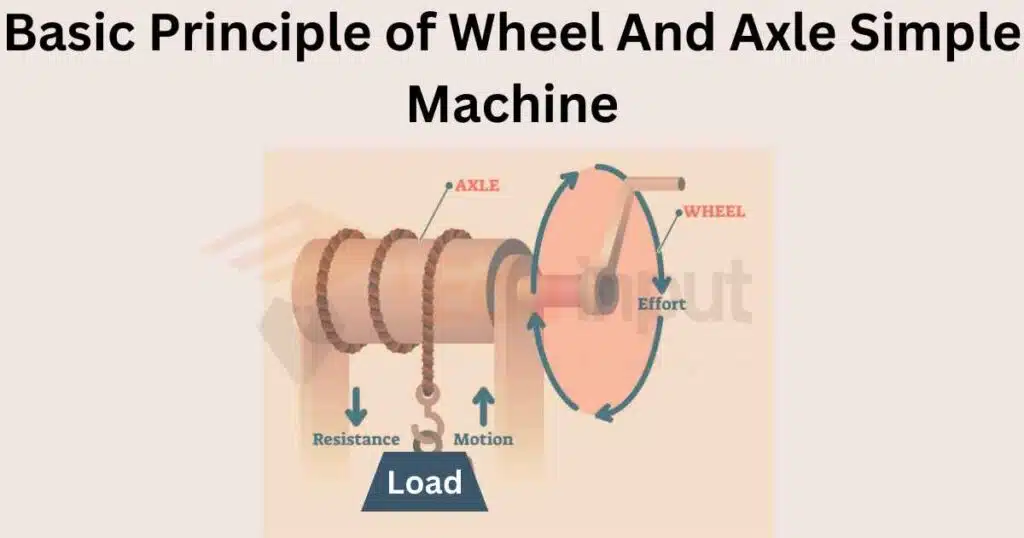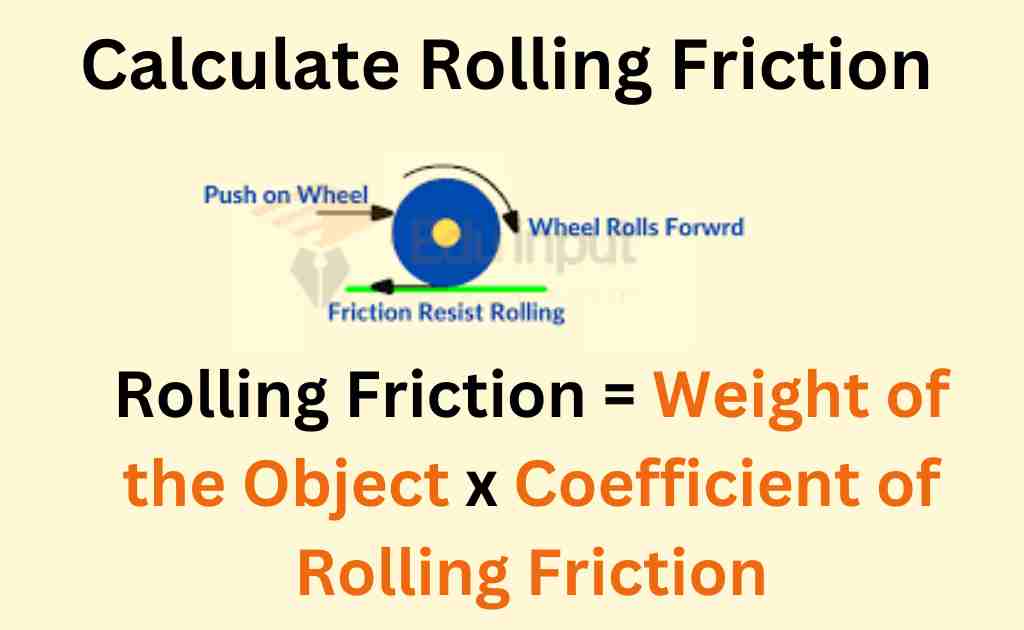Wheel and Axle Simple Machine-Introduction, Examples, And Applications
The wheel and axle simple machine is one of the most important and versatile simple machines used in various applications today. This simple machine has been in use for thousands of years, and its significance cannot be overstated. In this article, we will discuss the history, workings, applications, advantages and disadvantages, and future of the wheel and axle.
What is a Wheel And Axle Simple Machine?
A wheel and axle is a simple machine that consists of a wheel attached to an axle. The wheel is a circular object that rotates around a central axis, while the axle is a cylindrical object that runs through the center of the wheel.

The wheel and axle is an important and versatile simple machine that has played a crucial role in transportation, construction, and other industries. Its efficiency and mechanical advantage have made it possible to move heavy loads with ease.
It has helped in the construction of tall buildings and structures. While it faces challenges in the future, the wheel and axle are likely to see continued advancements and new applications.
Examples of Wheel and Axle
Some common examples of the wheel and axle include:
- Bicycle wheel and axle
- Steering wheel and axle in a car
- Windmill blades and axle
- Rolling pins and axles
Importance of Wheel and Axle
The wheel and axle is a simple machine that is used to reduce the force needed to move an object. It consists of a circular wheel attached to a cylindrical axle, with the wheel rotating around the axle.
The importance of the wheel and axle lies in its ability to increase mechanical advantage, allowing a person to move heavy objects with less force. The wheel and axle work together to distribute the load evenly across a larger surface area, reducing the amount of friction and resistance encountered during movement.
The wheel and axle have a wide range of applications, from transportation vehicles like cars and bicycles to machinery used in factories and construction sites. They are also used in household appliances like fans and blenders, as well as in simple tools like steering wheels and hand carts.
History of Wheel and Axle
The history of the wheel and axle simple machines is divided into ancient and modern times.
Ancient Times
The wheel and axle have been in use for thousands of years. The earliest evidence of this simple machine can be traced back to ancient Mesopotamia and Egypt, where it was used for transportation and irrigation purposes. The ancient Greeks and Romans also used the wheel and axle extensively in their daily lives.
Modern Times
The wheel and axle continued to be used in modern times, and it played a crucial role in the industrial revolution. With the invention of the steam engine, the wheel and axle became even more important, as it was used in locomotives and other machinery.
Evolution of Wheel and Axle
The importance of the wheel and axle lies in its ability to increase mechanical advantage, allowing a person to move heavy objects with less force. The wheel and axle work together to distribute the load evenly across a larger surface area, reducing the amount of friction and resistance encountered during movement.
The wheel and axle have a wide range of applications, from transportation vehicles like cars and bicycles to machinery used in factories and construction sites. They are also used in household appliances like fans and blenders, as well as in simple tools like steering wheels and hand carts.
Basic Principle of Wheel And Axle Simple Machine
The basic principle of the wheel and axle simple machine is to reduce the force needed to move a load. It works by transferring force from a larger wheel to a smaller axle, which increases the mechanical advantage.

When a force is applied to the larger wheel, it rotates around the smaller axle, causing the load to move. The larger the wheel and the smaller the axle, the greater the mechanical advantage, meaning that less force is needed to move the load.
The wheel and axle simple machine is used in a wide range of applications, from transportation vehicles like cars and bicycles, to machinery used in factories and construction sites. It is also used in household appliances like fans and blenders, as well as in simple tools like steering wheels and hand carts.
Applications of Wheel and Axle
Here are some important applications of wheel and axle simple machines.
Transportation
The wheel and axle are widely used in transportation, including automobiles, bicycles,
trucks, and trains.
It is also used in airplanes, where it is part of the landing gear. The wheel and axle have made transportation faster and more efficient, allowing people and goods to be moved over long distances.
Construction
The wheel and axle are also used extensively in construction. It is used in cranes, hoists, and other heavy equipment, making it possible to lift and move heavy objects. The wheel and axle are also used in the construction of buildings and bridges, where it is used to transport materials and equipment to and from the construction site.
Household Appliances
The wheel and axle are also used in various household appliances, such as washing machines and dryers. The drum in these appliances rotates around an axle, which allows for the efficient washing and drying of clothes.
Advantages of Wheel and Axle
The wheel and axle have several advantages, including:
- It allows for the movement of heavy objects with less force
- It is versatile and can be used in various applications
- It is efficient and can be made more efficient with proper maintenance and lubrication
Disadvantages of wheel and axle
The wheel and axle also have some disadvantages, including:
- It can be affected by friction, which reduces its efficiency
- It can be difficult to repair or replace, depending on the application
- It can be affected by external factors such as weather and terrain






Leave a Reply